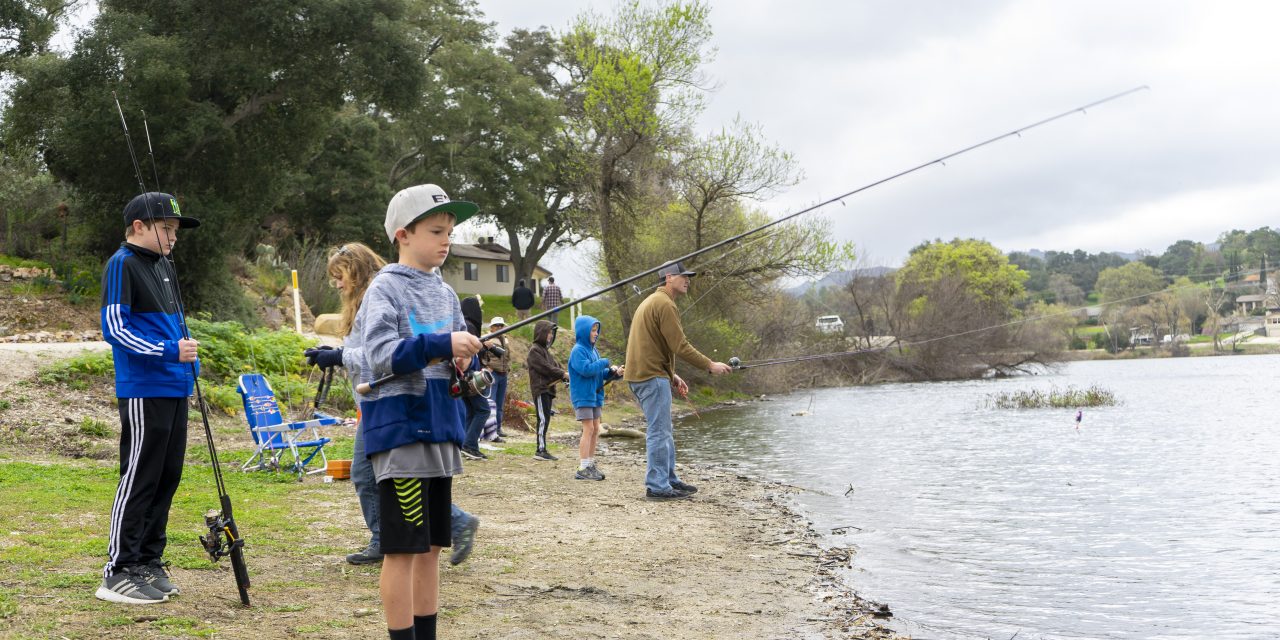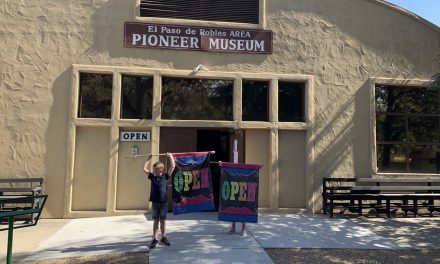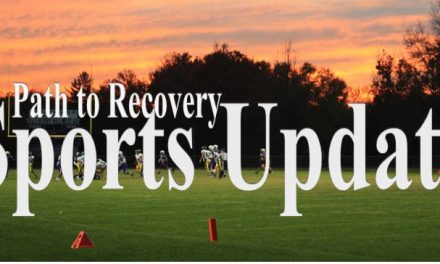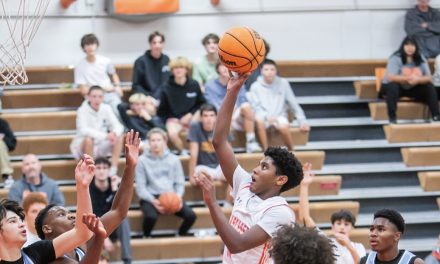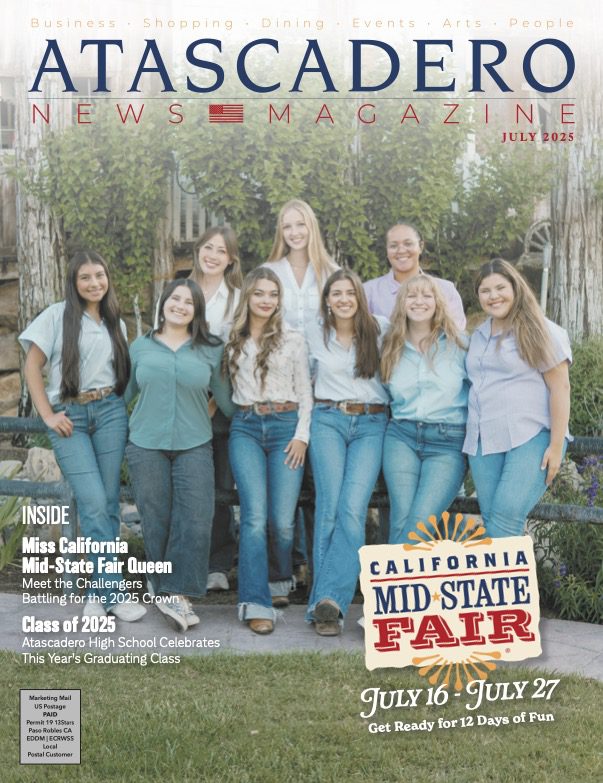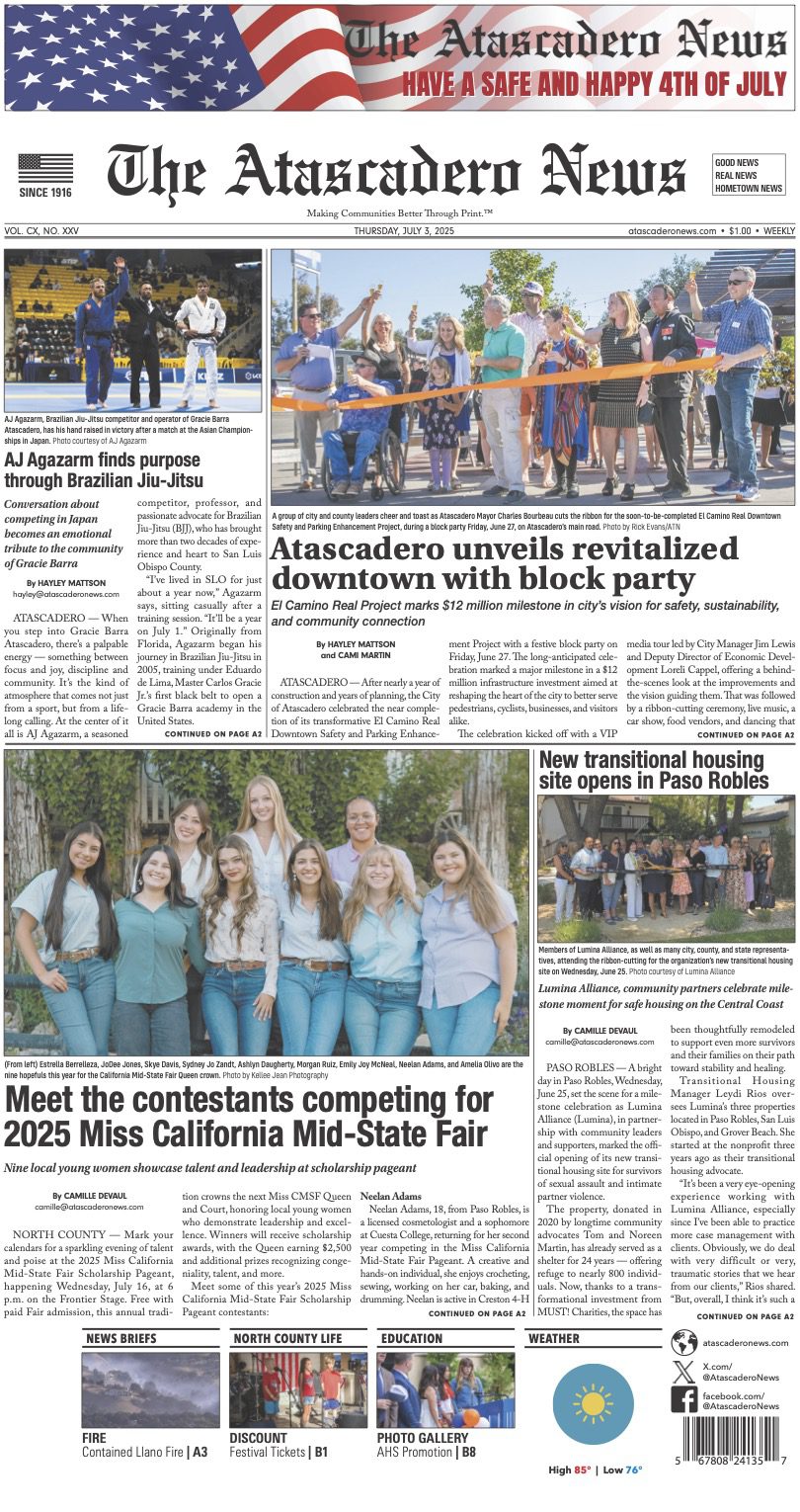Local residents gather after Atascadero Lake stocked with trout
ATASCADERO — Let’s fish! Echoes of the KSBY show “Fishmasters” whispered along the surface of Atascadero Lake on Friday, March 13, when an estimated 1,000 rainbow trout poured in.
The fish were provided by the California Department of Fish and Wildlife from San Joaquin Hatchery in Fresno and are expected to live in the lake until summer.
Before stocking the lake, protections were put in place to keep the trout from escaping into connected waterways, such as Atascadero Creek, where they would be an invasive species and negatively impact naturally occurring steelhead trout.
“That was the big holdup,” Department of Fish and Wildlife District Biologist Dennis Michniuk said. “In order to stock this lake we had to show that no fish could get out into Atascadero Creek.”
The Friends of Atascadero Lake footed the bill to get a screen installed in a downstream culvert in order to prevent fish from invading.
“The Friends of Atascadero Lake donated the money to pay for the screen and then we as a department installed it,” Mishnik said. “It was a cooperative effort.”
Now that the lake is set up for planting fish, the first of many more stocking was able to take place.
“It was 500 pounds so probably roughly about 1,000 fish,” Michniuk said. “They are rainbow trout, and they are triploid where they go through a process where they can’t reproduce — so if for some reason they get out of the lake [into Atascadero Creek] they can’t reproduce.”
While the rainbow trout are welcome inhabitants of the Atascadero Lake, they are an invasive species to the local waterways.
“They won’t survive here,” Michniuk said, “with the water conditions and the heat [over summer]. The fish won’t have an effect on the algae, but the algae blooms affect the fish.”
While the fish are planted for fish-and-eat, there are laws governing how many fish a person can take from the lake at one time.
“The limit is five fish for each person,” Patrol Lieutenant San Luis Obiso and South Monterey County, Matt Gil said. “And if you are under 16 you can fish without a license.”
For those who are not going to catch and eat, the fish can be caught and released back into the lake for future fishing.
“There is no law saying they can’t release them so if they want to catch and release,” Gil said. “They can [catch and release], but the intent of putting them here is because they won’t likely survive through the summer, so they can catch and eat them.”
Dozens of locals gathered around the lake with baited fishing poles ready to catch some of the first fish of the season.
“The last time it was stocked was in 2008,” Mishnik said. “And it was historically stocked for many, many years. It was stopped for the adverse effect it would have on the steelhead. We decided we should stop, and we have been working ever since to come up with a plan in order to allow us to stock the lake.”
Stocking bodies of water is part of the department’s general plan.
“The department is always looking for inner-city fishing locations, because they are great,” Michniuk said. “People who can’t travel up to the mountains are able to fish right here.”
The Fish and Wildlife Department plans another stocking of the lake at the end of April, as well as planting fish at other sites around the area.
“We plant Barney Schwartz Park, upper Nacimiento River, and we are going to plant Lopez Lake at the end of the month,” Michniuk said. “We haven’t planted that in a while. We are ramping up and back up to speed and we will plant about 15,000 fish there this year.”
Fishing enthusiasts can get supplies and licenses at local sporting goods stores.
“Any of the sporting goods stores, like Big 5 in Atascadero, Walmart in Paso,” Department of Fish and Wildlife volunteer Mike Elkins said.
The fish planting is done for a community service and the DFW invites people of all ages to get down to the lake with poles and bait.
“We are so excited for the kids,” Elkins said.

